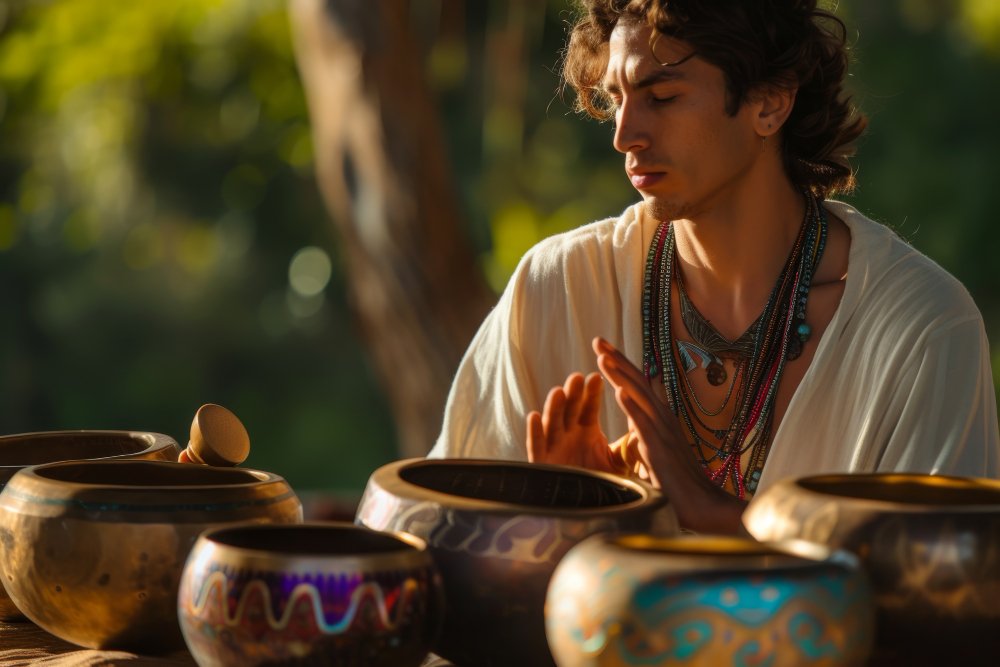Exploring the Cultural Rituals of Kava Across the Pacific Islands

The kava plant grows on islands all over the South Pacific and is deeply rooted in the customs of those islands. The Kava Drink (or tea) made from the shrub has been used for thousands of years in traditional ceremonial settings, helping promote feelings of relaxation and euphoria. While there are some similarities in the way island natives use the plant, each region has its own set of rituals unique to their culture. Let’s explore the cultural rituals of kava across Vanuatu, Solomon Islands, Fiji, and Papua New Guinea.
Vanuatu
Comprising just over 80 islands, the nation of Vanuatu has been incorporating kava into their ceremonial practices for over 3,000 years. It’s also thought to be where kava originated. In Vanuatu, kava ceremonies were traditionally held in nakamals—small structures used for meeting places—originally only open for men to join. Today, kava bars exist throughout the islands, available for anyone to enjoy. Kava has evolved into becoming a welcome drink for visitors to the islands.
In rural areas across the islands of Vanuatu, kava is served in a half coconut shell and is expected to be drunk in one gulp. It’s also traditional for island natives to grind the kava roots with their teeth before spitting them into leaves and straining them through water. In more urban environments, however, modern equipment is used to grind the roots.
Solomon Islands
Solomon Islands is a nation made up of six large islands and hundreds of smaller islands in the South Pacific. While the history of kava in Solomon Islands is more recent than some of the other South Pacific islands, the drink has still played an important role in their culture. Kava ceremonies in Solomon Islands are held to share the beverage as a symbol of friendship and alliance among the islands.
Fiji
Composed of more than 300 islands in the South Pacific, Fiji has a long history of using kava. In Fiji, kava is called yaqona and is central to native rituals and ceremonies. In a traditional Fijian kava ceremony, the Chief or most senior person in the group will be the first to drink. Each person in the group will clap their hands once before drinking and three times after, shouting “Bula!” when finished—a toast to happiness and good health.
Papua New Guinea
Papua New Guinea is incredibly culturally diverse, having over 850 different languages spoken throughout, with over 40 words for kava. Kava has played a big role in ceremonial practices for thousands of years in Papua New Guinea. It’s also often used for medicinal purposes, such as pain relief and as an antiseptic.
Exploring Kava Throughout the South Pacific
Kava tea has played a significant role in the history of South Pacific Islands. For thousands of years, island natives have enjoyed the benefits of the plant—from feelings of euphoria and peace to the camaraderie and connection that come from the ceremonial practices involved in sitting with the plant.

